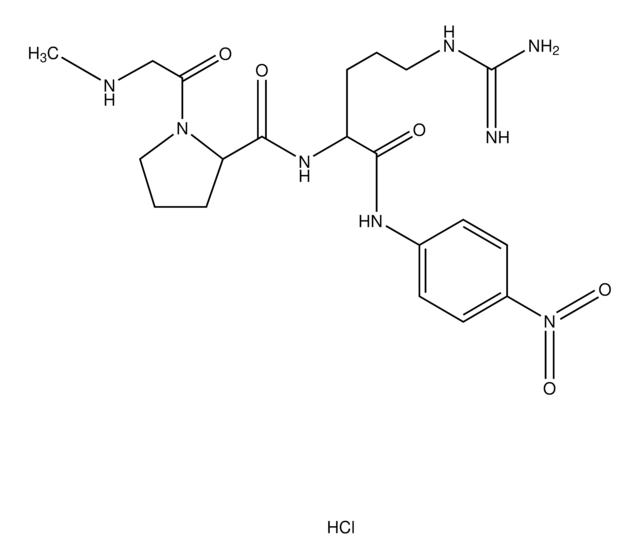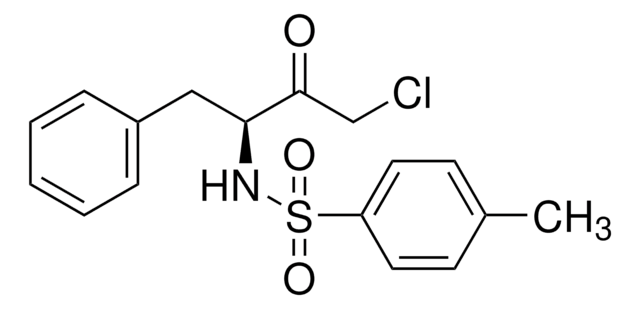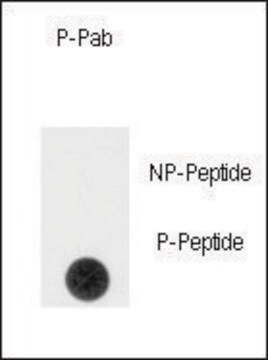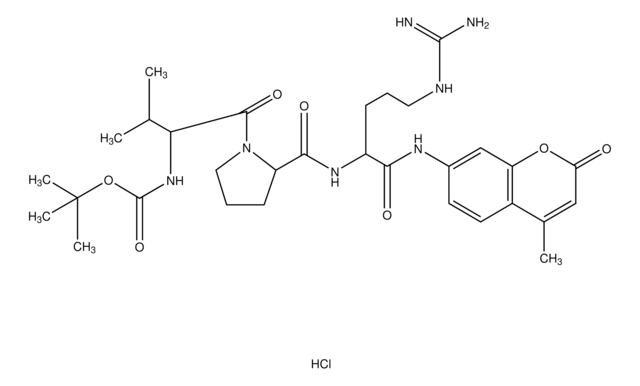E2888
Earle′s Balanced Salts
With sodium bicarbonate, liquid, sterile-filtered, suitable for cell culture
Sinonimo/i:
EBSS
About This Item
Prodotti consigliati
Livello qualitativo
Sterilità
sterile-filtered
Forma fisica
liquid
tecniche
cell culture | mammalian: suitable
Impurezze
endotoxin, tested
Componenti
phenol red: 0.011 g/L
glucose: 1.0 g/L (Dextro)
NaHCO3: 2.2 g/L
Condizioni di spedizione
ambient
Cerchi prodotti simili? Visita Guida al confronto tra prodotti
Descrizione generale
Applicazioni
- to incubate hepatocellular carcinoma cell line
- as a component of embryo culture medium for washing rabbit embryos
- to culture mouse embryonic neuroretina
Codice della classe di stoccaggio
12 - Non Combustible Liquids
Classe di pericolosità dell'acqua (WGK)
WGK 1
Punto d’infiammabilità (°F)
Not applicable
Punto d’infiammabilità (°C)
Not applicable
Certificati d'analisi (COA)
Cerca il Certificati d'analisi (COA) digitando il numero di lotto/batch corrispondente. I numeri di lotto o di batch sono stampati sull'etichetta dei prodotti dopo la parola ‘Lotto’ o ‘Batch’.
Possiedi già questo prodotto?
I documenti relativi ai prodotti acquistati recentemente sono disponibili nell’Archivio dei documenti.
I clienti hanno visto anche
Il team dei nostri ricercatori vanta grande esperienza in tutte le aree della ricerca quali Life Science, scienza dei materiali, sintesi chimica, cromatografia, discipline analitiche, ecc..
Contatta l'Assistenza Tecnica.







